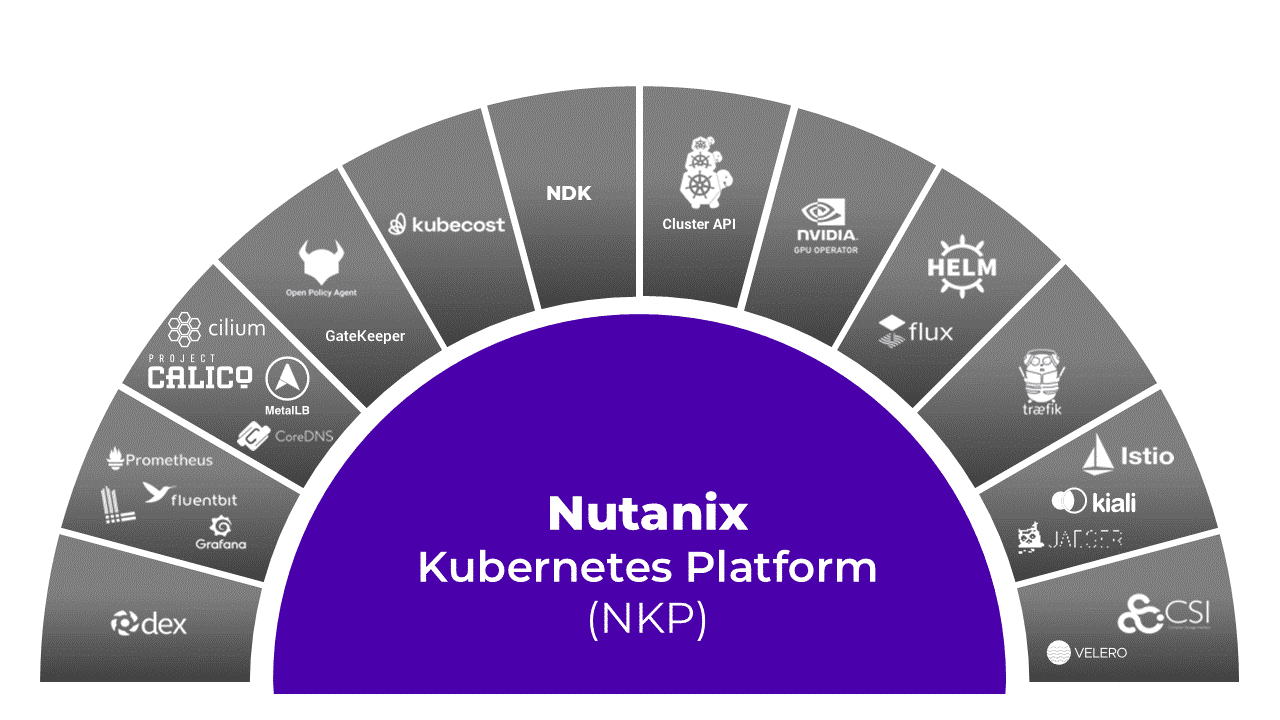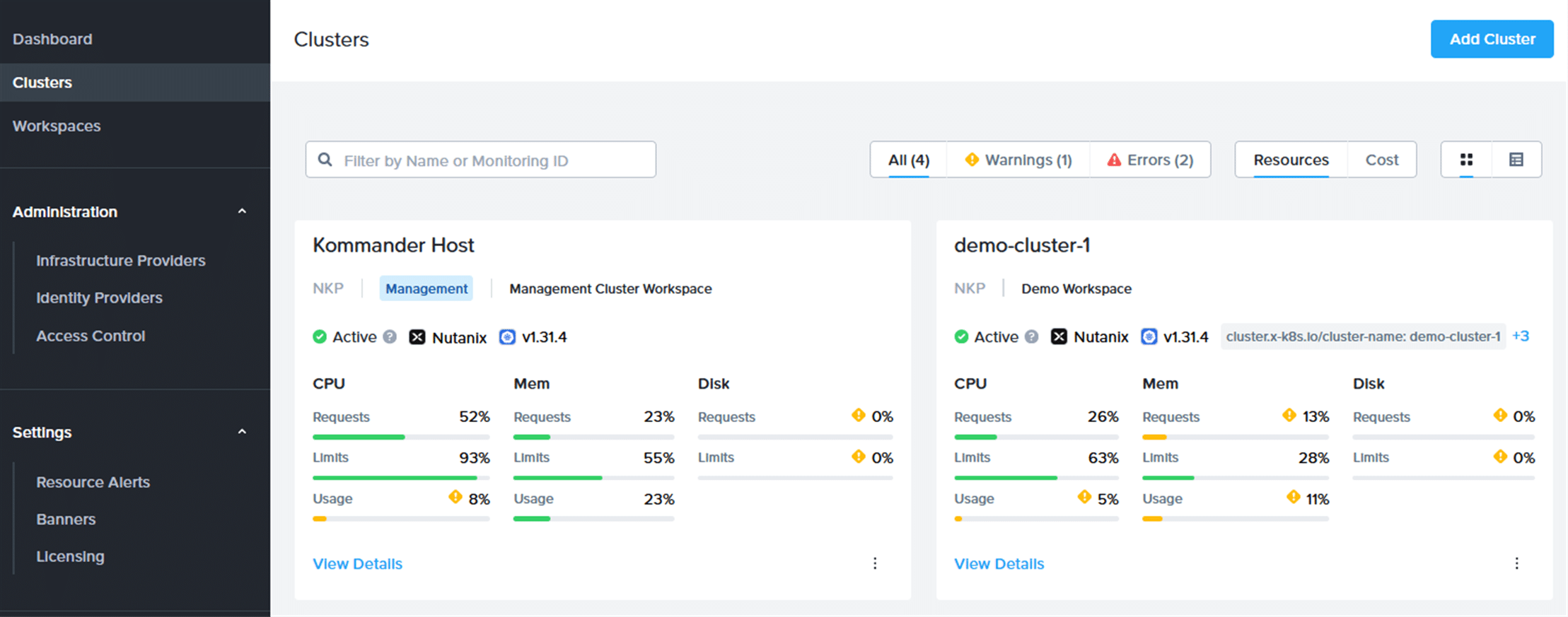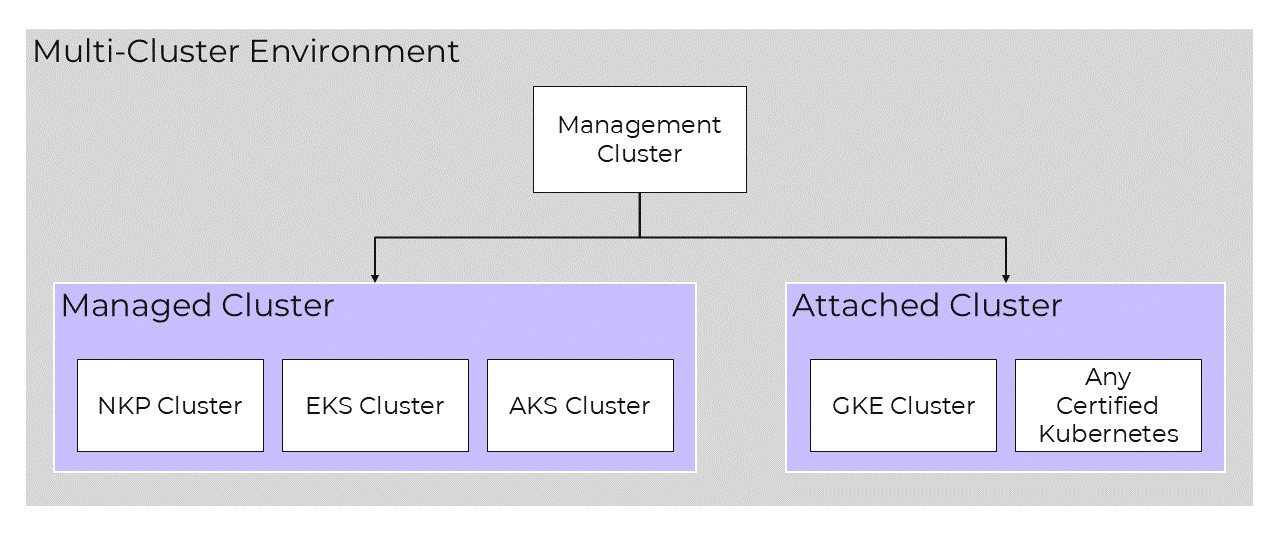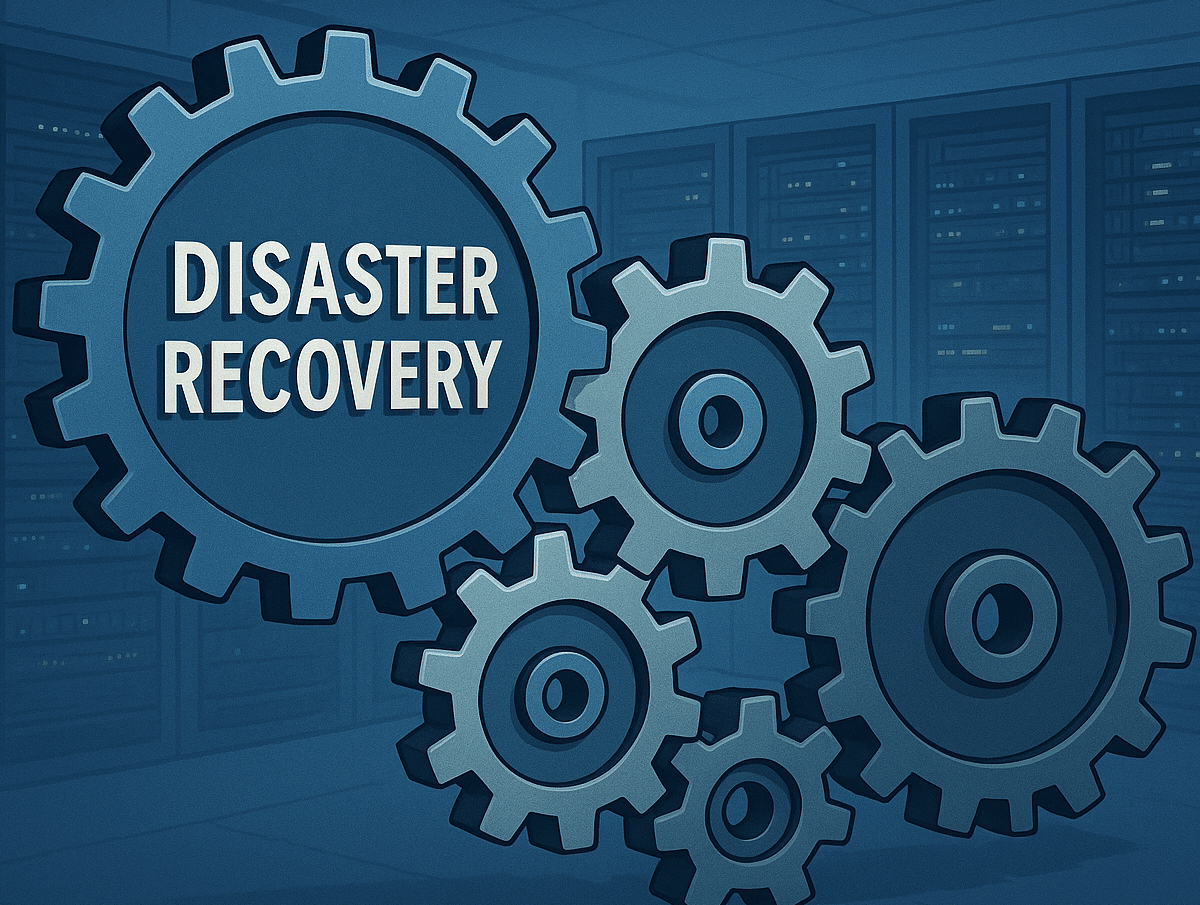

Cloud Engineer
Hybrid Multi Cloud Kubernetes Cluster Management with Nutanix NKP
The shift towards containerised and cloud-based applications affects not only the development of applications but also goes beyond it.
Virtualisation itself allows applications to be operated more efficiently, as resources can be utilised more efficiently and flexibly allocated. This enables faster scaling and consistently reproducible applications. Through containerisation, applications can be divided into separate containers or expanded with new ones.
This flexibility requires the compromise that the interactions and functionalities of the containers themselves must be managed.
Container management systems such as Kubernetes help to orchestrate the containers.
These circumstances not only change the software architecture, but also the operation of the applications and the way they work over the entire lifecycle.
A decision needs to be made on how the business application is integrated and operated, but also on which cloud infrastructure.
Usage of single or multiple clusters
Overall, the interface between development and operations is a key aspect. One example of this is the online retailer ricardo.ch, which has reorganized its collaboration according to the DevOps methodology and had to adapt the tools for operations such as logging and the monitoring stack.
Such a transition is also associated with challenges. Stephan Massalt from the telecommunications company Swisscom mentions especially the adaptations for ongoing operations, also known as Day 2 operations as crucial (Swisscom, 2020).
Usage of single of multiple clusters
Firstly, we need to look at the reasons for operating multiple clusters.
- Separation of production, test and development environments.
- Reliability through redundancy
- Compliance and security requirements
- Multiple cloud providers
- Isolation of workloads
The question now arises how an overview of the clusters can be maintained and how Day-2 operations can be handled.
In the following, a solution with Nutanix Kubernetes Platform (NKP) is considered, which can be operated in an on-premise or public cloud infrastructure.
NKP offers a web interface besides a corresponding CLI interface and can be used in an air-gapped or non-air-gapped environment.
The core of NKP is the so-called “Management Cluster” with the following functions.
- Centralised management interface
- Cluster utilisation and scalability
- Lifecycle management of software components in the cluster
- Hybrid cloud cluster connection
- Operation on on-premise, public cloud or edge environment
- Access management and authorisation
- Usable in an airgapped or non airgapped environment

Managing clusters with NKP
NKP offers a dashboard for the use of the NKP Management Cluster.
It can be used to connect new on-premise or public cloud infrastructure providers and then add or create clusters directly in the UI.
NKP takes over the provision of the necessary resources and initial installation of the cluster, whereby the user is guided through the configuration of the cluster.
As an example, the creation of an on-premise Nutanix cluster involves several steps. First, the network, storage container and Nutanix AOS cluster are selected. As next for the Kubernetes clusters itself then the number of control and worker nodes and their computer resources and OS are defined. For the Kubernetes network the IP range for the pods, services and the load balancer need to be set before finally initiating the creation process.

Access management
Ready to use applications
Containers are grouped and networked within a cluster, with additional containerized applications required to support the functionality and operation of the cluster itself. To simplify this, NKP offers platform applications that are compatible with each other, regularly updated, and quickly ready for use.
These are primarily open source projects that simplify Day-2 operations and integration of other systems and can be modified by the user.

How does NKP help with cluster operation
It has been shown that container-based applications require or enable technical and organisational adjustments.
NKP from Nutanix provides a helpful solution for these challenges and the management and provision of Kubernetes clusters.
The provided platform applications are ready to use for day-2 operations and thus enable streamlined and stable maintenance.
With support for multiple applications, infrastructures and identity providers, along with open extensibility, it offers a flexible and future orientated solution.




